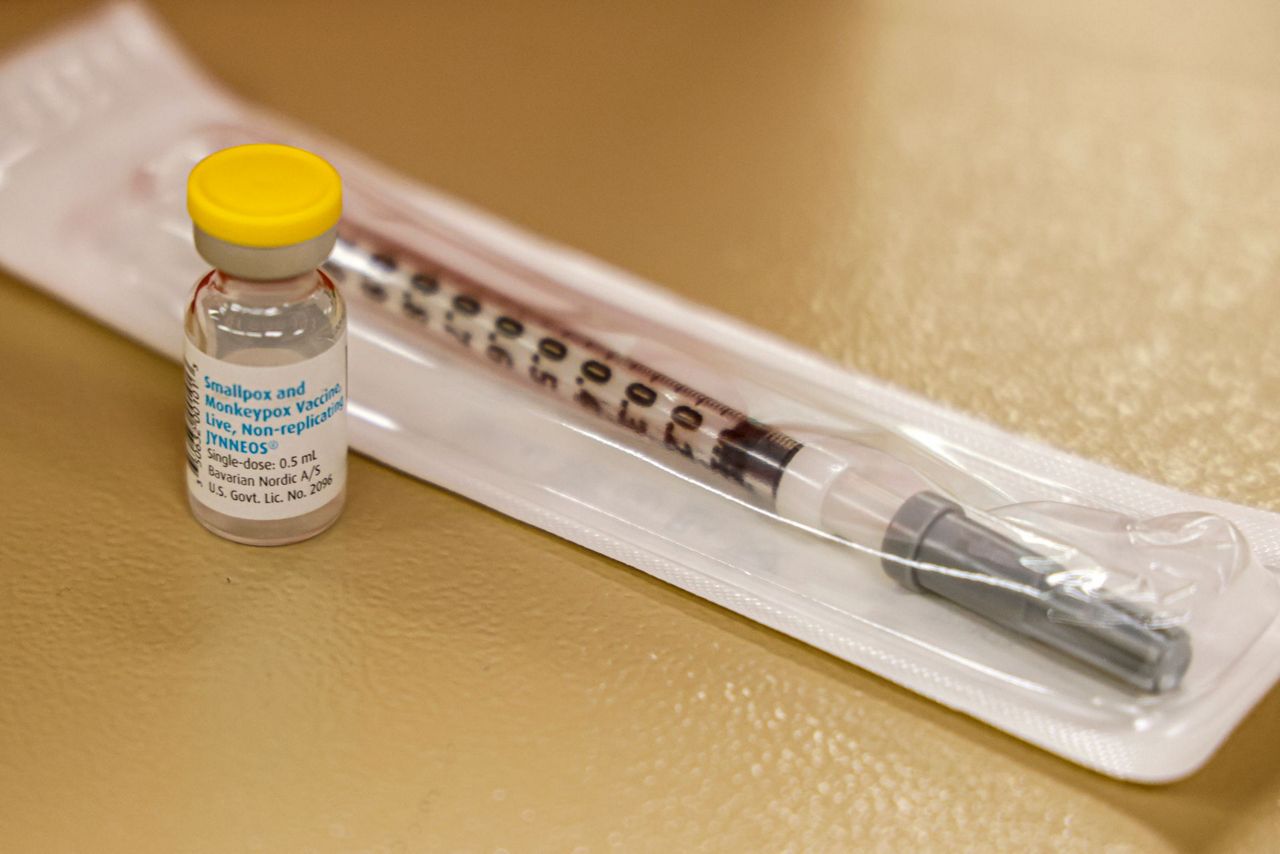As men and women age, they will have to take utmost care of their reproductive health and it should not be neglected at all as many people encounter reproductive health issues such as pelvic inflammatory disease (PID), prolapsed uterus, endometriosis, cervical cancer, sexually transmitted diseases (STDs), adenomyosis, Oligozoospermia (low sperm count), Asthenozoospermia (which is poor motility), teratozoospermia, Oligoasthenoteratozoospermia (OAT) or Azoospermia (when no sperms can be found in a man’s semen and up to 10% to 15% of infertile men are diagnosed with it). It is important to take steps to protect it from infections and injury and prevent problems including some long-term health problems.
In an interview with HT Lifestyle, Dr Sunita Dube, Radiologist and Founder Chairperson of MedscapeIndia and Aryan Hospital in Mumbai, suggested a few tests that you should not miss as you age and opt for without fail –
• A pap smear: Is done to know about the signs of cervical cancer or human papillomavirus (HPV). Cervical cancer impacts a large number of women. It tends to affect the cells of the cervix which is a part that joins the uterus to the vagina. Every sexually active woman contracts HPV which is a type of STI (Sexually Transmitted Infection) at any given point. Are you aware? Women under 20 may not suffer from cervical cancer but those between 20 to 39, will need cervical cancer screening at least once every 3 years. Cervical cancer screening to be done from 21 years to 65 years.
• Pelvic examination: This is widely done to detect pelvic inflammatory disease (PID), ovarian cysts, sexually transmitted infections, uterine fibroids, or early-stage cancer. Did you know? This test is a part of one’s routine physical exam. Moreover, this test holds a lot of importance for those women above 20. So, if you are one of them who has just crossed 20 then you should consult the doctor and do this examination without any delay.
• STIs Screening: It is a known fact that chlamydia, gonorrhoea, trichomoniasis, syphilis, hepatitis, and HIV are some of the common sexually transmitted diseases (STDs) that can give a tough time for women. Once women become sexually active – which is generally in the late teens, they are at a greater risk of suffering from Sexually transmitted infections (STIs). Having intercourse with multiple partners, not using protection during intercourse, not getting timely treatment for STDs, or quitting meds can make you prone to severe STIs. Women over 18 need to go for STI screening. This screening should be done from an early age that is 18 years up to 60 years.
• Breast cancer screening: Mammograms are vital for detecting breast cancers. Women above 25 to 66 should do regular mammograms on a yearly basis and seek timely intervention if they are detected with breast cancer.
• A hysterosalpingography means an X-ray to check the woman’s uterus (womb) and fallopian tubes (structures that transport eggs from the ovaries to the uterus) of the woman. The type of X-ray used is called fluoroscopy which is used to detect blockage in your fallopian tubes or other structural abnormalities in your uterus. Hysterosalpingography may be also referred to as uterosalpingography. Apart from that, this test can help to detect scarred tissue in the uterus, polyps, uterine tumors, and uterine fibroids.
• The “sono-HSG” is an ultrasound exam conducted to check the blocked fallopian tubes of a woman above 30.
• Sonosalpingography differentiates among uterine synechiae, endometrial polyps, and submucosal leiomyomas. Pelvic MRI is very sensitive for the detection of endometriosis. It is also used for the detection of adenomyosis, leiomyomas, Mullerian duct anomalies. Cervical stenosis is referred to as failure or difficulty in cervical cannulation in HSG. Ovarian disorders are usually diagnosed by USG. A multimodality imaging approach with an appropriate selection of imaging modalities is necessary to know the exact cause of infertility because it directs subsequent management of infertility.
• MRI is an excellent non-invasive, radiation-free modality for the evaluation of female infertility; its superior soft-tissue contrast resolution and multiplanar evaluation generate exquisite anatomical details. Furthermore, ongoing technological advancements and ever-improving image resolution are very soon likely to place MRI in the domain of “basic stethoscope” for female infertility in the future.
• Sperm and Semen Analysis to check the sperm health of men fighting with infertility in men over 30.
• Urinalysis in men over 30 can be done to detect normozoospermic infertility.
• Scrotal ultrasound, Transrectal ultrasound to check blockages in the vas deferen in men.
• Testicular biopsy will show if sperm production is normal in men above 30.
• Genetic testing in men is carried out on DNA and can detect chromosomal abnormalities with either azoospermia (no sperm present in the semen) or oligozoospermia (low sperm count) in men above 30.
Discovered on: 2023-02-24 14:43:05
Source: Fertility: Reproductive health tests that men, women should opt for without…



